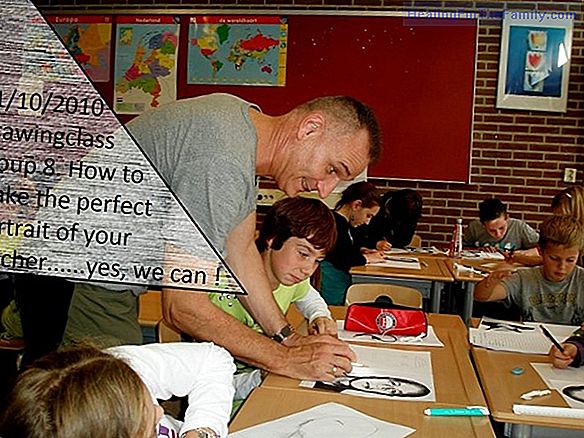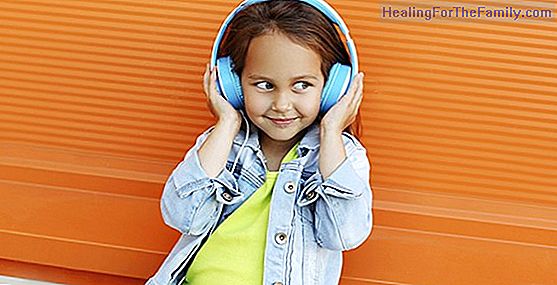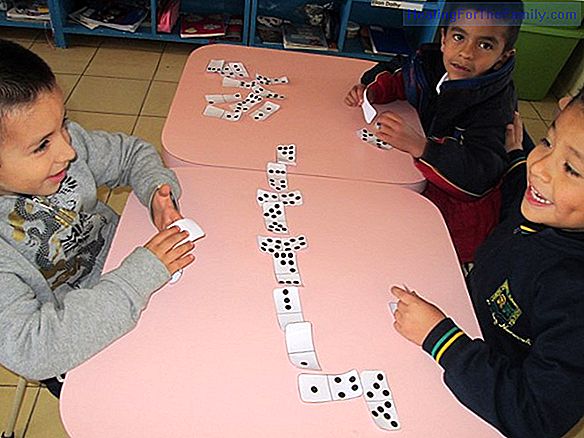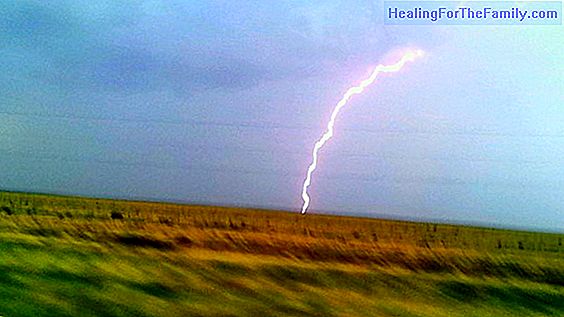Types of myopia that can affect the vision of children
More than 40% of the world population has myopia, an alarming fact that makes us ask ourselves what we know about myopia and how we can prevent it. Also, keep in mind that myopia can not be cured, it can only be corrected. Hence the importance of early diagnosis, treatment and control. Myopia is a f
More than 40% of the world population has myopia, an alarming fact that makes us ask ourselves what we know about myopia and how we can prevent it. Also, keep in mind that myopia can not be cured, it can only be corrected. Hence the importance of early diagnosis, treatment and control.
Myopia is a focusing error. The child who has myopia is not able to correctly focus on the distant figures, and sees them blurry. This is due to an elongation of the eyeball. But nevertheless, not all myopia are the same. Discover the different types of myopia that can affect the vision of children.
Types of myopia that can affect the vision of children
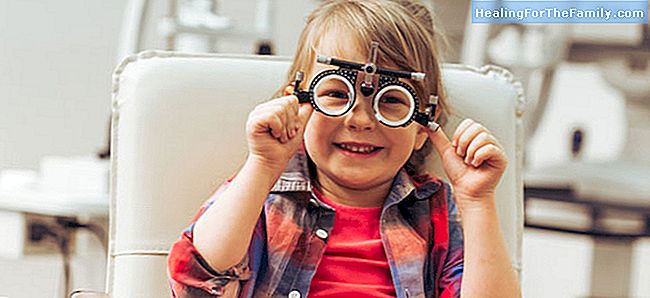
Not all myopia are the same. It depends above all on the 'number' of diopters that an eye has. That is, how much 'blur' the child's eye an object. According to this, the types of myopia can be:
1. Simple myopia: when the eye has less than 6 diopters, it is said to be simple myopia. It is considered a habitual alteration. That is, it is within the natural parameters and can be controlled without problems.
2. Myopia magna: when the eye exceeds 6 diopters. In this case, it is a high myopia. This multiplies the risk factor of suffering from other types of eye diseases. In fact, it is one of the causes in adulthood of the development of a visual disability.
How to detect myopia in children in time
Myopia, although it has a high genetic component, is also due to environmental factors (reading in low light, abusing electronic screens from a young age, lack of outdoor activity ... ).
It is estimated that one in three cases of school failure is related to visual problems. That is why it is very important to detect any type of ocular problem in children in time. How? Here are some tips for early detection of a case of myopia in your child:
1. Do not see the blackboard: the first symptom that your child may have myopia is that he complains because he does not see the blackboard correctly. Perhaps your child's own teacher has noticed this and told you about it. And on certain occasions, this problem, if it is not located on time, can be a cause of school failure.
2. Squint your eyes when you try to read a distant sign: Myopic people have this particular gesture when trying to focus on distant objects, and that is that they close their eyes a little to reduce the field of vision and focus more clearly.
3. The hole test: Make a small hole in a sheet of paper. Ask your child to look through it. Children with myopia will say they see everything much sharper.
4. Headaches: When you can not focus correctly, your child will be making an over visual effort that will cause constant headaches.
5. Too close to the objects: The great advantage of the myopic is that they see much better up close. Therefore, they will be much closer to the objects. Your eye is able to focus at a distance less than that of a person without myopia. To control myopia, the use of special lenses is recommended, especially in the case of children with high myopia. With these lenses a control of the focus in the periphery of the eye is obtained, which helps to exert a greater control over the diopters.
Source consulted: Association of patients with myopia magna (AMIRES)




